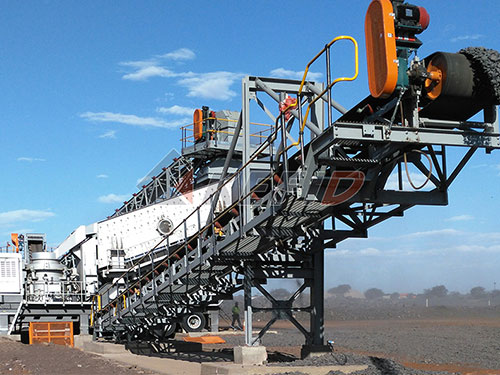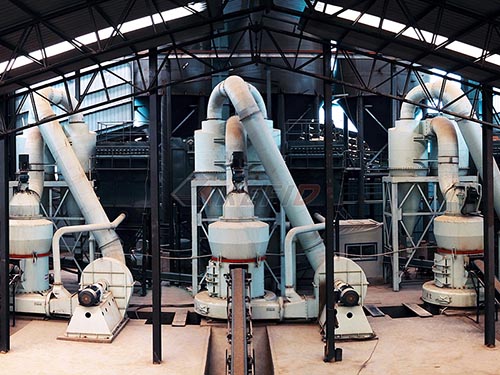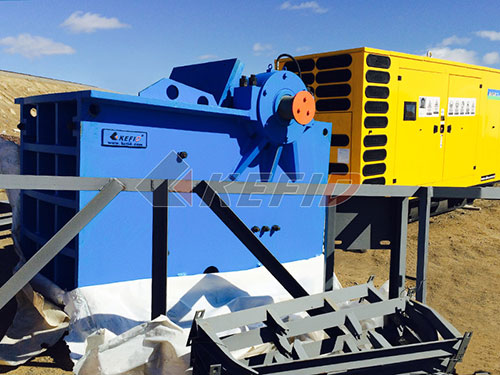The Bedrock of Modern Construction: Unlocking the Potential of Crushed Aggregate in Concrete
Concrete, the ubiquitous building material shaping our skylines and infrastructure, is fundamentally a composite. While cement paste provides the binding glue, it is the aggregate – typically occupying 60% to 80% of its volume – that forms its skeletal structure, dictating its strength, durability, and overall performance. Among the diverse types of aggregate used globally, crushed stone aggregate stands as a cornerstone material. Its unique characteristics and widespread availability make it indispensable for producing high-performance concrete across virtually every construction application.

Beyond Pebbles: Defining Crushed Aggregate
Crushed aggregate originates from naturally occurring rock formations – granite, limestone, trap rock, sandstone, or quartzite being common sources. Unlike rounded gravel found in riverbeds or glacial deposits (known as natural or rounded aggregate), crushed aggregate is manufactured through a deliberate mechanical process:
1. Quarrying: Large blocks of bedrock are extracted from quarries using drilling and blasting or specialized heavy machinery.

2. Primary Crushing: These large blocks are fed into primary crushers (jaw crushers or gyratory crushers) that reduce them to manageable sizes (typically 6-10 inches).
3. Secondary and Tertiary Crushing: Further reduction occurs in secondary (cone crushers) and sometimes tertiary (impact crushers) stages to achieve the desired particle size distribution.
4. Screening: The crushed material passes through vibrating screens with specific mesh sizes to separate it into different size fractions (e.g., coarse aggregates like 57 stone or 67 stone; fine aggregates like manufactured sand).
5. Washing (Optional): To remove dust or clay particles that could interfere with the cement-aggregate bond.
The result is angular particles with rough surface textures – a stark contrast to the smooth, rounded surfaces of natural gravel.
Why Crush It? The Compelling Advantages
The mechanical crushing process imparts several critical properties that elevate crushed aggregate’s performance in concrete:
1. Enhanced Particle Interlock & Strength: The angularity and rough texture create significantly greater mechanical interlocking between particles within the concrete matrix compared to rounded aggregates. This interlock resists particle movement under load more effectively.
Result: Higher compressive strength and tensile strength for a given water-cement ratio.
Impact: Enables design of leaner mixes without sacrificing required strength levels.
2. Improved Bond

Leave a Reply